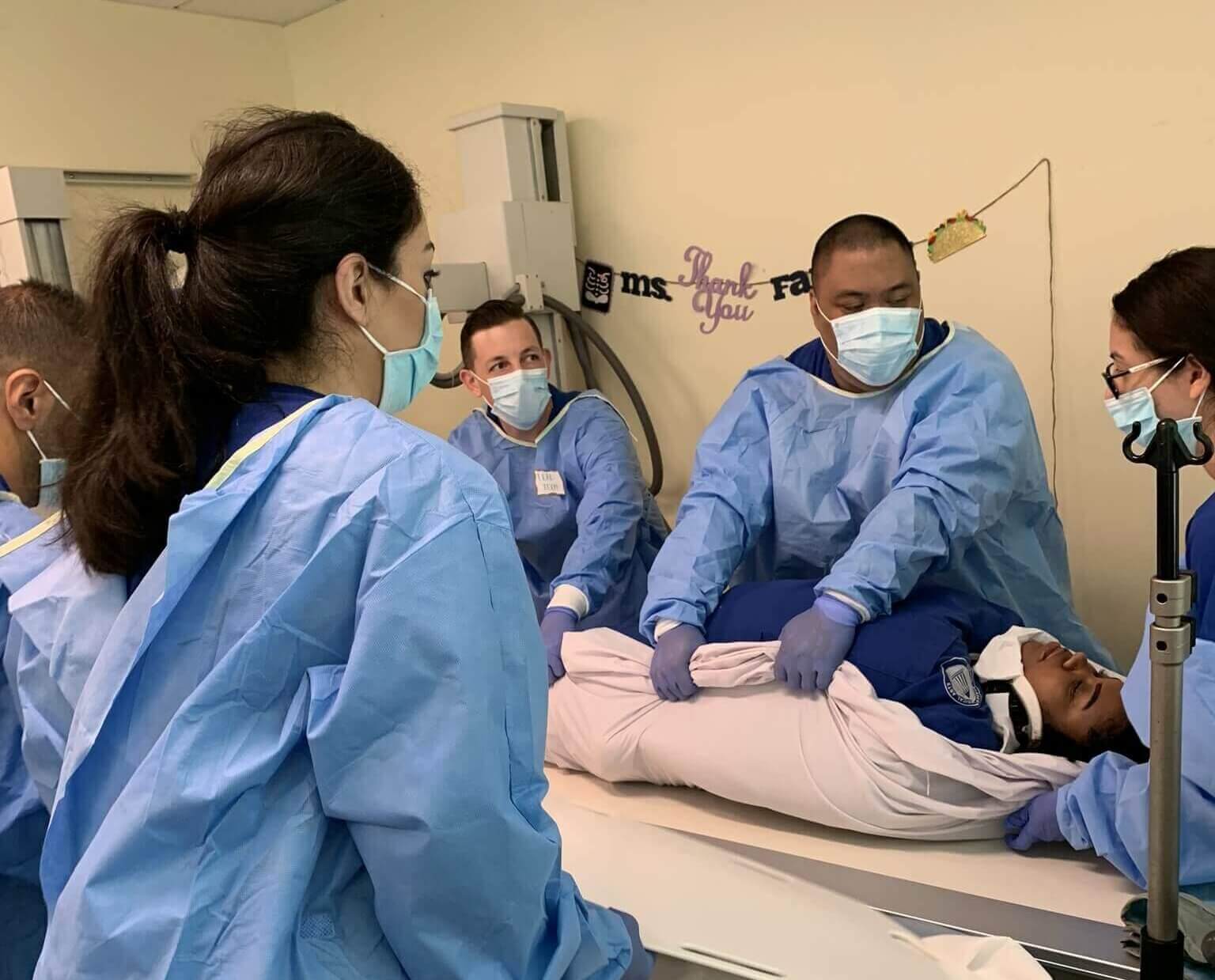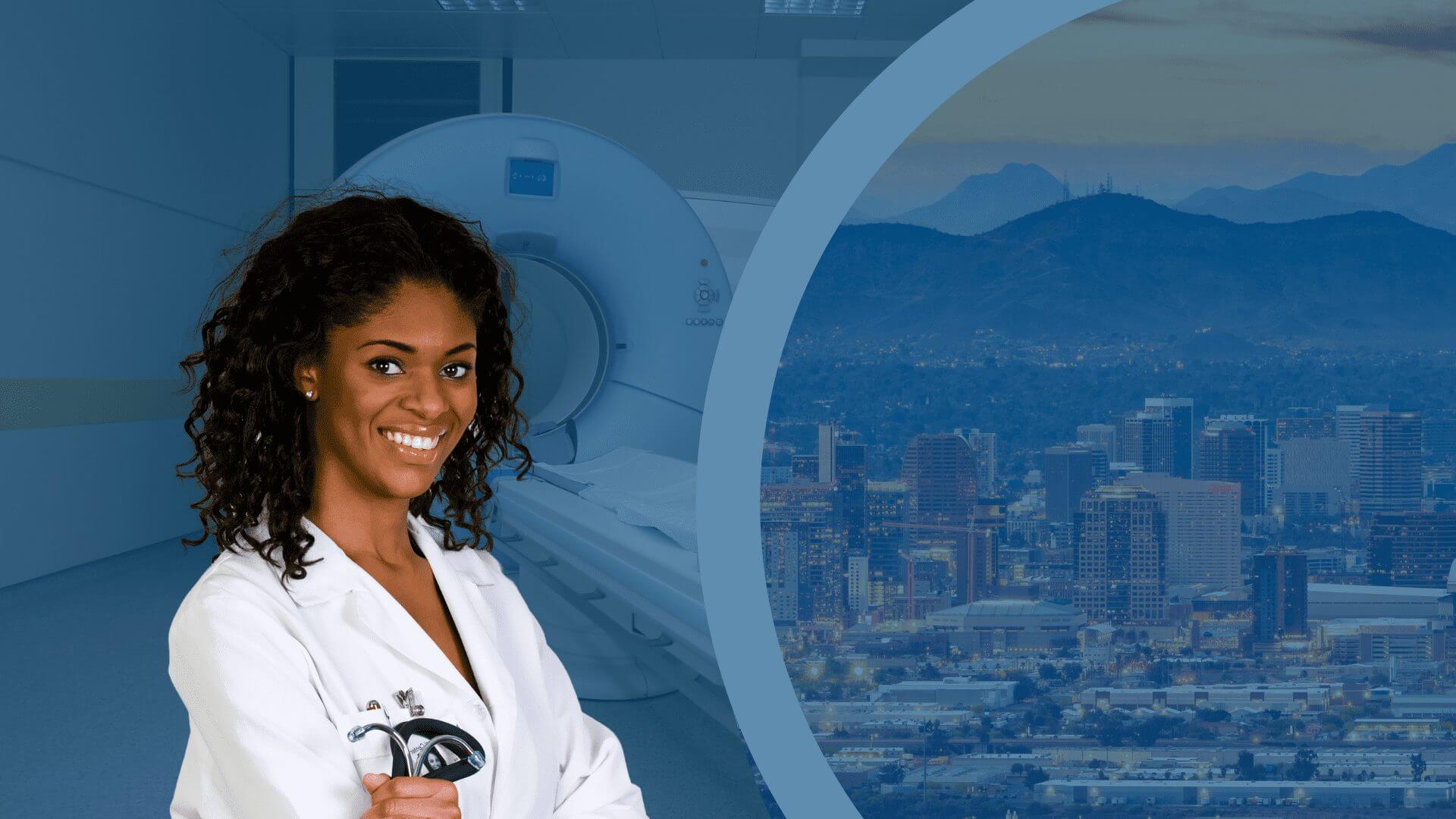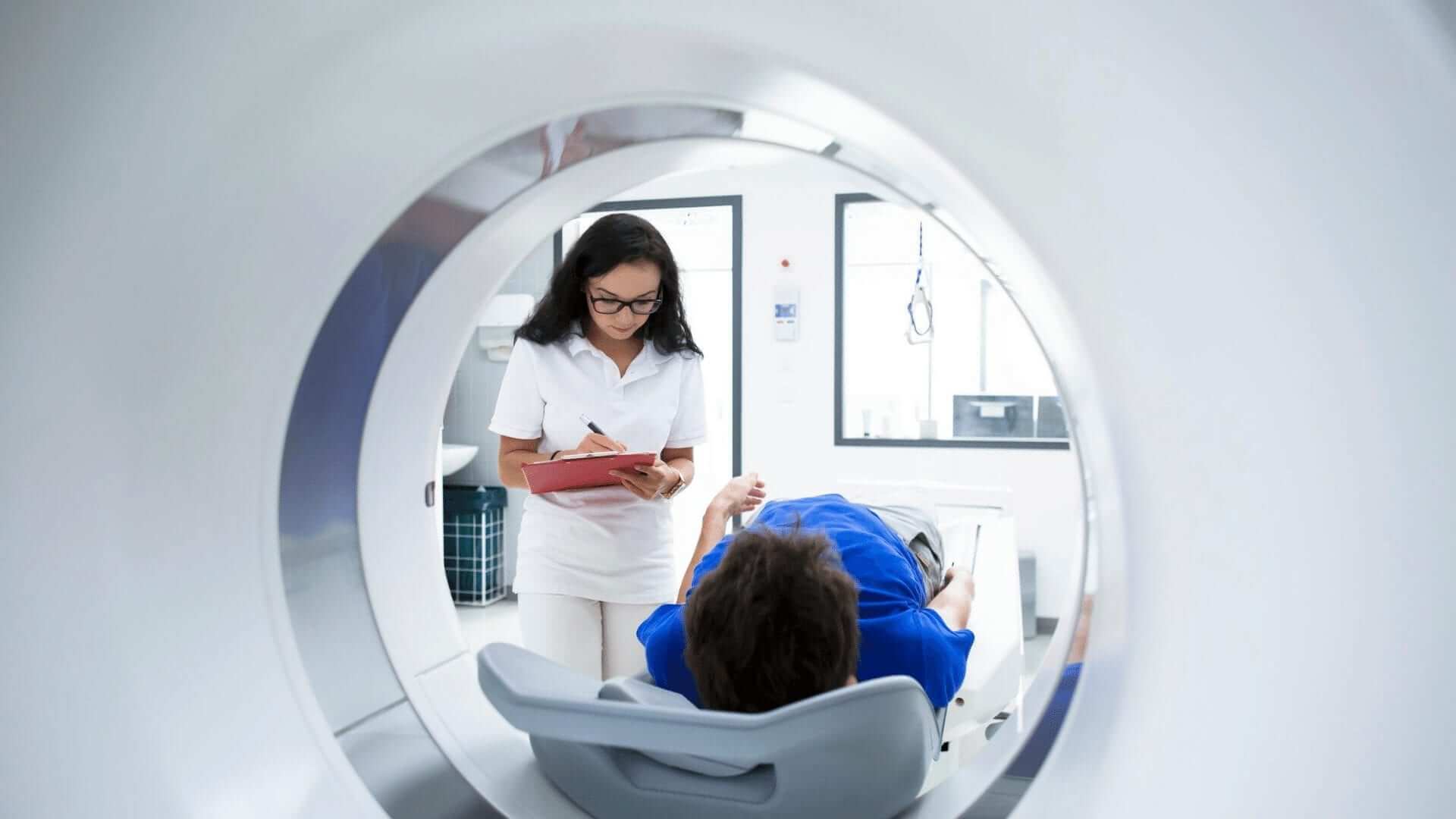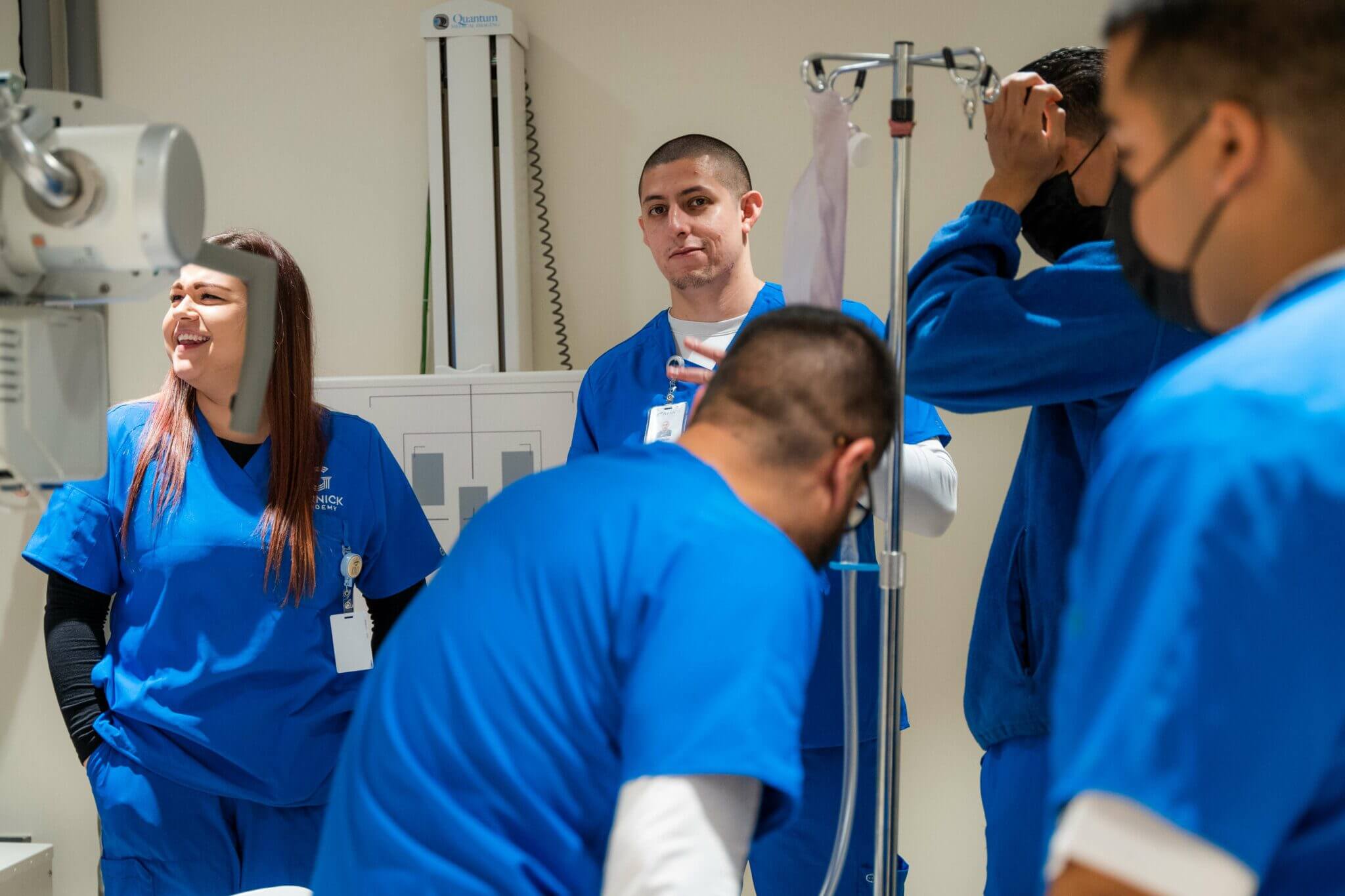A Good Time to Consider Radiologic `Hero’ Training
Date: August 11, 2022
Do you think about a career in healthcare where you might do extraordinary things? Trained in the “art and science” to create images, these persons harness ionizing X-radiation beams, warding off disease and detecting bodily injury.1 In a world of advancing technology, these heroes go with the times, performing patient radiographic procedures and bringing safety and strategy into scope.
Where medicine and science collide, compassion and allied care align; technology and service unite; radiographers stand in the gap, providing compassionate and respectful service while playing vital roles as professional members of medical teams. Rad Techs operate complex diagnostic imaging equipment while demonstrating some of the highest standards of ethics, professionalism, clinical competencies, and critical-thinking skills.2 Belonging to a special society, Radiographers adhere to the Principles of Professional Conduct for Radiologic Technologists and a code of ethics consistent with a regulatory body.
Do You Want to Join This Society?
Think you might want to join this society? Then you may want to consider a radiologic technology (RT) program. Gurnick Academy of Medical Arts offers the following X-ray training programs:
- X-ray Technician with Medical Assistant Skills Program;
- Associate of Occupational Science in Radiologic Technology Program;
- Associate of Science in Radiologic Technology Program.
Our Associate-level programs are specifically designed to teach one to work in imaging. In contrast, the X-ray Technician with Medical Assistant Skills program prepares one to work in X-ray as it augments the Medical Assistant field.
About Training
The curriculum within a radiologic program is most often divided between didactic classroom instruction and hands-on clinical practice within healthcare settings. Future Radiologic Technologists explore radiographic physics, enter the inner world of anatomy, learn the bounds of foundational radiation safety, perfect proper patient imaging positioning, and master all techniques. Future Radiologic Technologists orbit new heights learning about body mechanics, trying their hand at mastering darkroom skills, studying how to ward off and control infection, and practicing sterile techniques.
A good Radiologic Technology training program can take two to four years to complete at an accredited college. Within Gurnick Academy of Medical Arts programs, RTs complete classroom didactics, laboratory training, and mandates in affiliated clinical settings. There is also instruction on the importance of working with patients, including privacy and patient care. Graduates learn to perform radiologic procedures as defined by the American Society of Radiologic Technologists Practice Standards curriculum.
After Training
Some heroes have superpowers. Other heroes have “RT” behind their names. To gain RT after one’s name, one must complete a similar program to the ones described above. After completion, graduates must sit for the National Registry Examination. Future RTs are tested on the necessary skills and knowledge required to work in the field. After successfully passing this exam, RT professionals certify and register. If there are additional state licensing requirements, they must complete these. Upon these completions, they are eligible to perform diagnostic imaging procedures in surgical theaters, emergency rooms, doctor’s offices, hospital diagnostic imaging departments, and other healthcare settings.
The regulatory body requires additional continuing education courses (CECs) upon initial training and completion.
Put on the Lead Apron Like a Trusted Cape
Is Radiologic Technology (RT) your superpower? If so, it may be an opportune time to seek internal worlds unknown, embark on new territories, and enter galaxies inside the human body. By doing so, one follows in a profession fighting to defeat disease, undergirding patients with safety, and taking hold of health and technological sciences. Let the lead apron lead you like a trusted cape. Take hold of radiologic training today. You will enter new galaxies as you do.~
Citations:
1 Bureau of Labor Statistics. U.S. Department of Labor, Occupational Outlook Handbook. Radiologic and MRI Technologists. (Accessed February 4, 2022.)
2 “29-2034.00–Radiologic Technologists and Technicians.” O*NET OnLine, National Center for O*NET Development. (Accessed August 8, 2022.)





